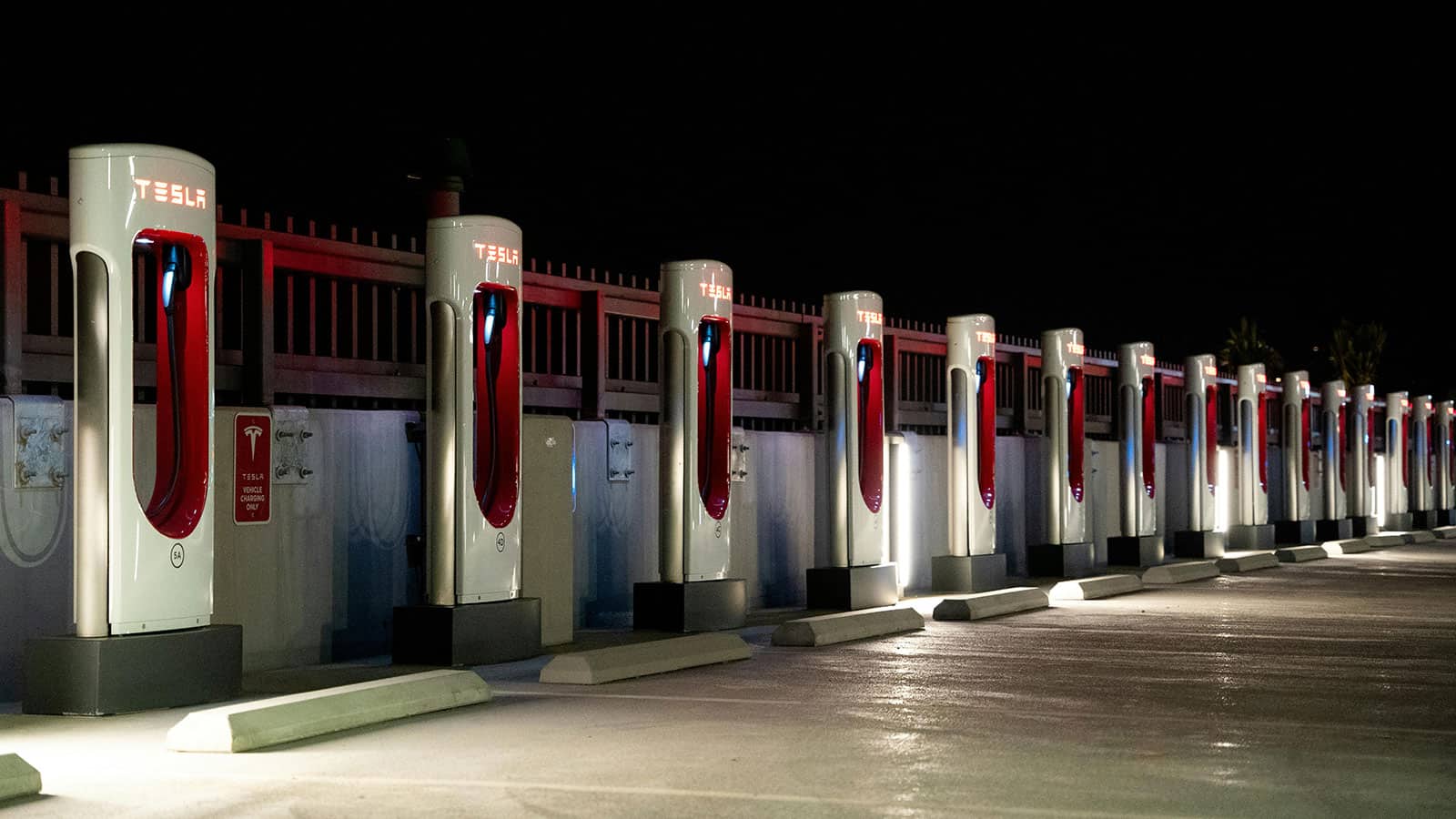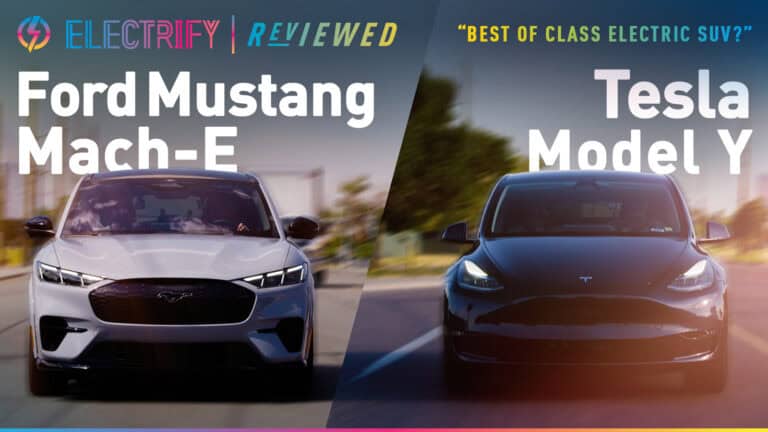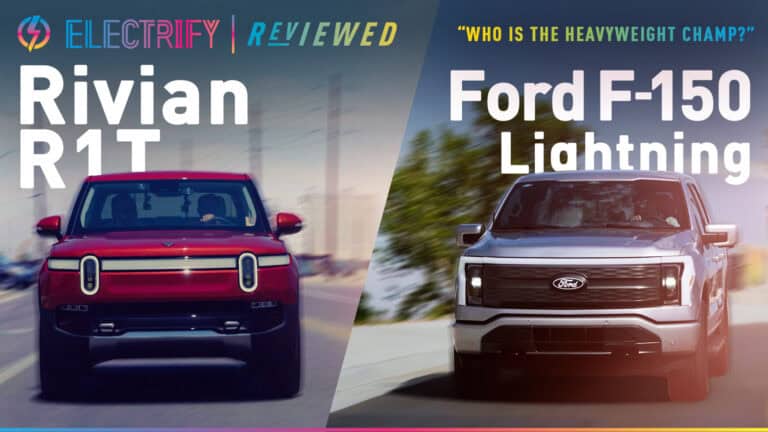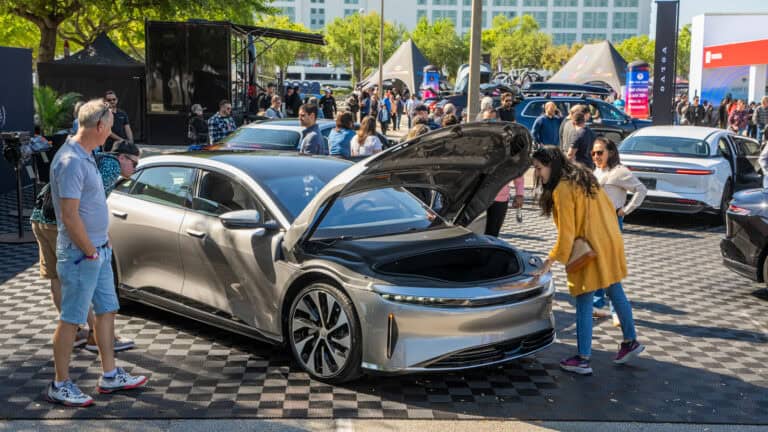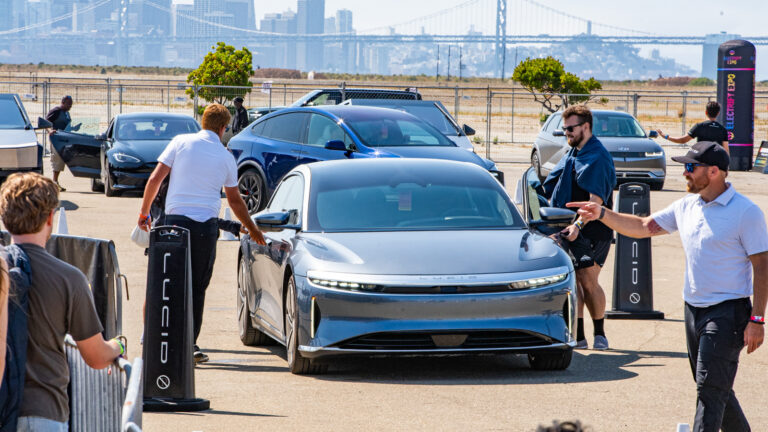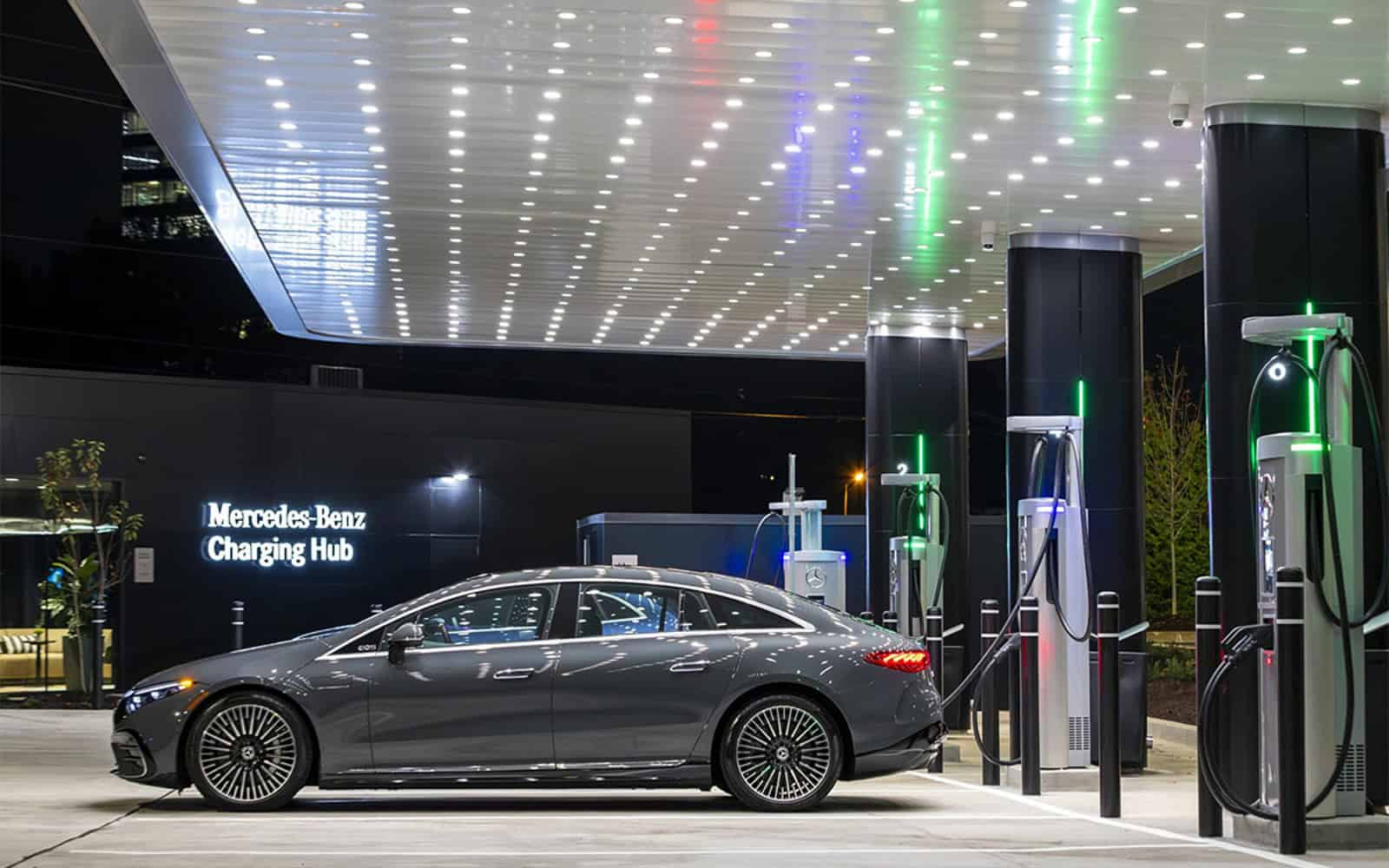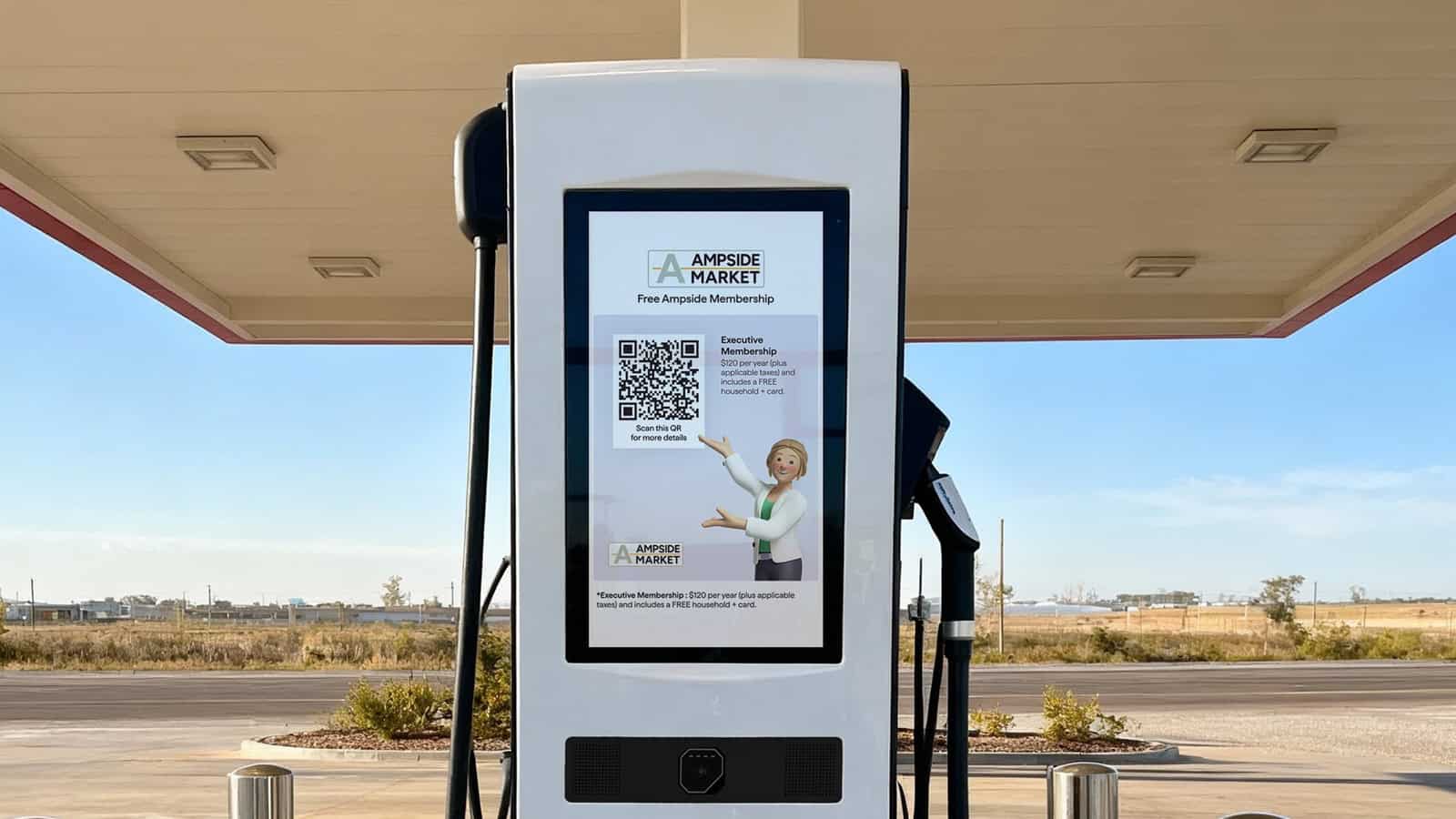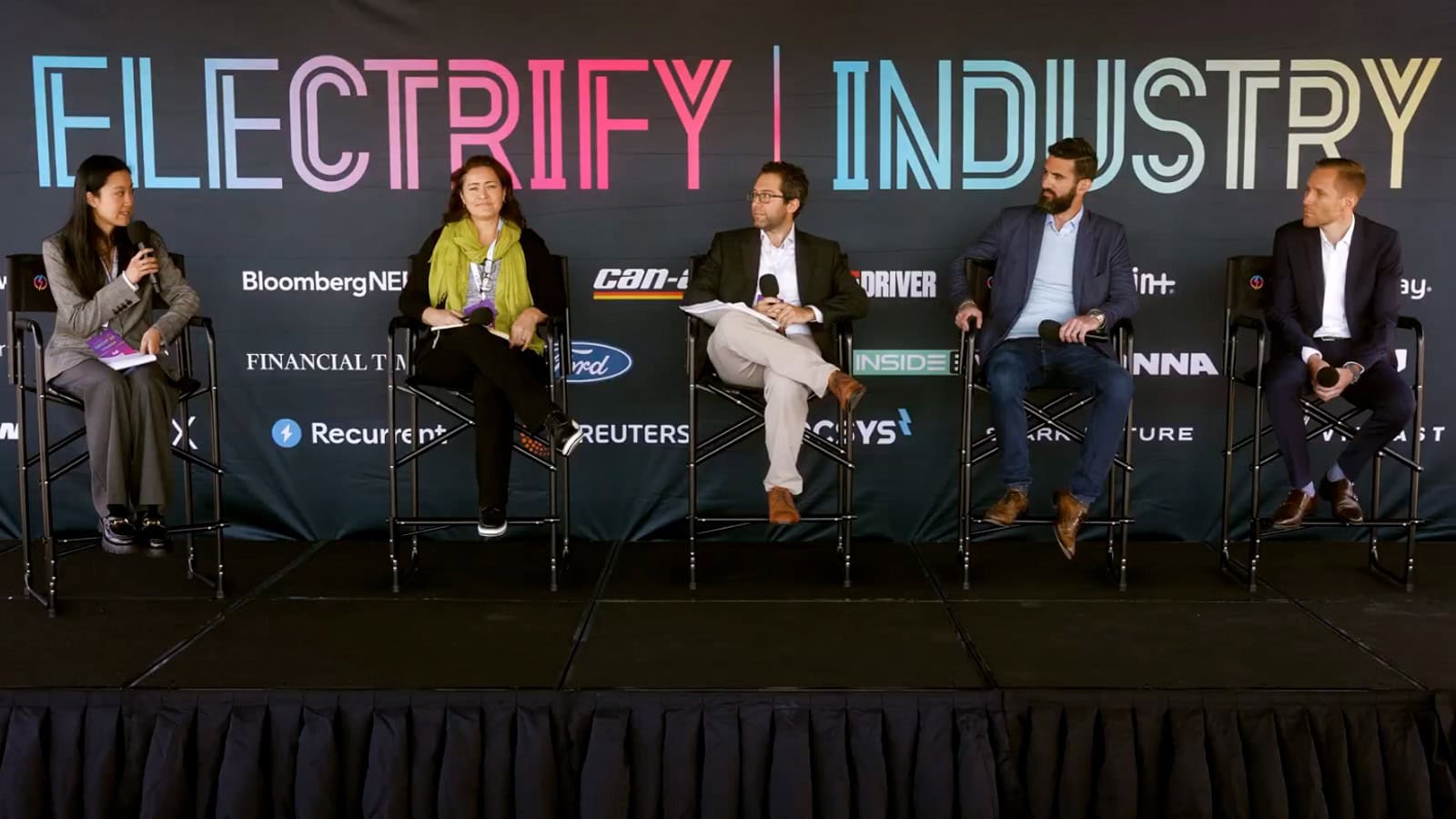- Public Level 3 EV charger stations often charge a per-kilowatt rate, often around .50 per kW.
- Level 3 EV charger speeds can be negatively affected by cold temperatures.
- Level 3 EV charging stations are expensive to install, so most homeowners use a Level 1 or Level 2 AC charging station.
Effectively and efficiently driving an EV involves learning how and where to charge it. Filling up an EV at a public Level 3 EV charger is a markedly different experience than fueling a gas-powered car, as it involves charging speeds, kilowatts, and time.
ADVERTISEMENT
At-Home Level 1 and Level 2 Charging
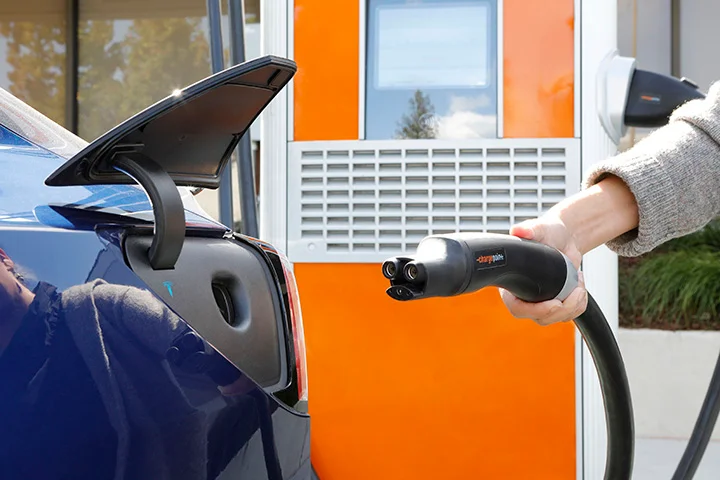
The types of chargers range from levels 1 to 3 and involve a variety of charging times. Level 1 charging is the slowest, as it uses a basic household outlet to charge a battery — adding about 1.3 to 2.4 kW per hour. Most EVs come with a Level 1 charger, but they are incredibly slow — for example, a plug-in hybrid Jeep Cherokee 4xe needs about 12 hours to fill the 17.3 kWh battery.
A Level 2 charger is the typical home charging system. These chargers require a 240-volt or 30-amp outlet. The same Jeep Cherokee 4xe needs about three hours to fully charge on a Level 2 charger, while a Kia EV6 or Ford Mustang Mach-E can fill up overnight. Most household models deliver about 6.2 kW per hour, while some commercial models can reach speeds up to 19.2 kWh.
Spotting a Level 3 EV Charger
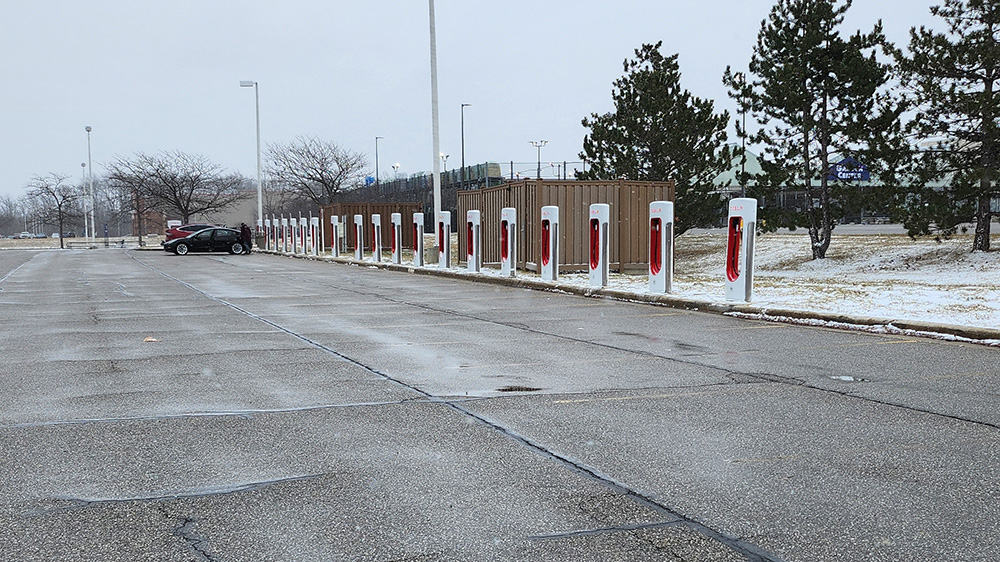
The fastest EV charger is a Level 3 DC fast charger. These chargers bypass the “onboard charger” in the vehicle to deliver current directly to the EV battery.
Because a Level 3 EV charger can be so expensive to install and maintain, they aren’t commonly found at residential locations. Level 3 EV charging stations are usually public stations that require payment for use.
If you see a bank of Tesla Superchargers or a bank of Electrify America chargers at a Walmart or Meijer, these are EV Level 3 chargers. They have large cords — about 1.5 inches in diameter, compared to the narrower cords (0.8 inches) on the Level 1 and Level 2 chargers. Level 3 chargers tend to be tall, free-standing machines, often with an interactive touch screen and a credit card reader.
Public Charging at Level 3 DC Fast Chargers
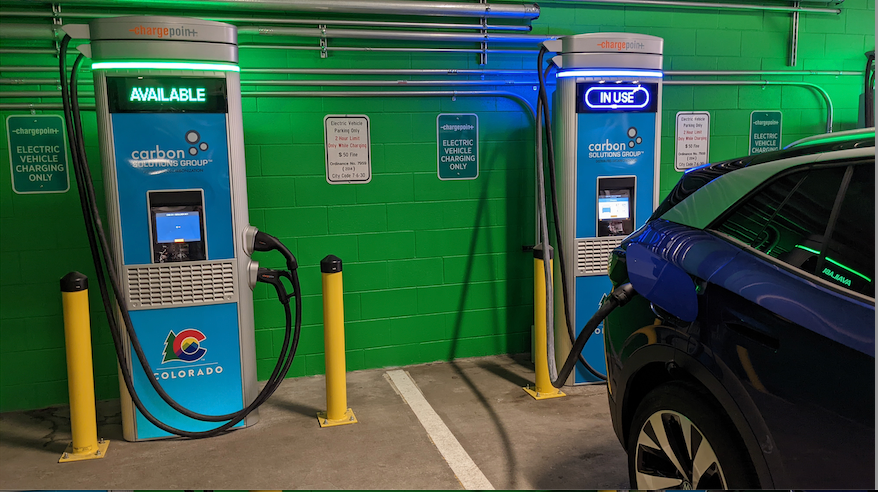
Most EV drivers only use Level 3 chargers when they can’t charge at home. The Level 3 charging station cost may vary based on the brand and location. For example, the typical Electrify America EV charger costs about $0.48 per kWh, so a 20% to 80% fill-up with my EV6 with a 77.4-kWh battery costs about $23.00. For comparison, the price per kilowatt hour at a home charging station is often $0.16 or less.
When you arrive at a Level 3 EV charger, you begin by plugging it into your vehicle to set up communication. After you swipe your credit card or engage the app, the charging session will begin. You can track the charging in your vehicle or on the interactive EV charger screen. When you’ve reached your desired charging percentage, you end the session and unplug the cord.
ADVERTISEMENT
As an EV driver, I often get the question, “How fast does your car charge?” My answer is always, “It varies.” Level 3 EV charging stations are available in a range of speeds including 50 kW, 100 kW, 150 kW, 250 kW, and 350 kW. The typical Electrify America Level 3 chargers are usually 150 kW (Ultra Fast) or 350 kW (Hyper Fast). The typical Tesla Supercharger is 250 kW.
While a Level 3 charging station could deliver up to these speeds, the actual charging speed is dependent on your vehicle’s charging architecture and, sadly, the weather.
Recent Personal Experiences with Level 3 Charging
I recently took my Kia EV6 on a road trip from West Michigan to Memphis, Tennessee, and back again over the President’s Day weekend. The trip required several charging stops, especially as the weather heading south was well below freezing. I stopped at a handful of Hyper Fast Electrify America chargers, and only one in Illinois reached 151 kW (despite being rated at 350 kW). I relied on the Chargeway app to find functional Level 3 charging stations.
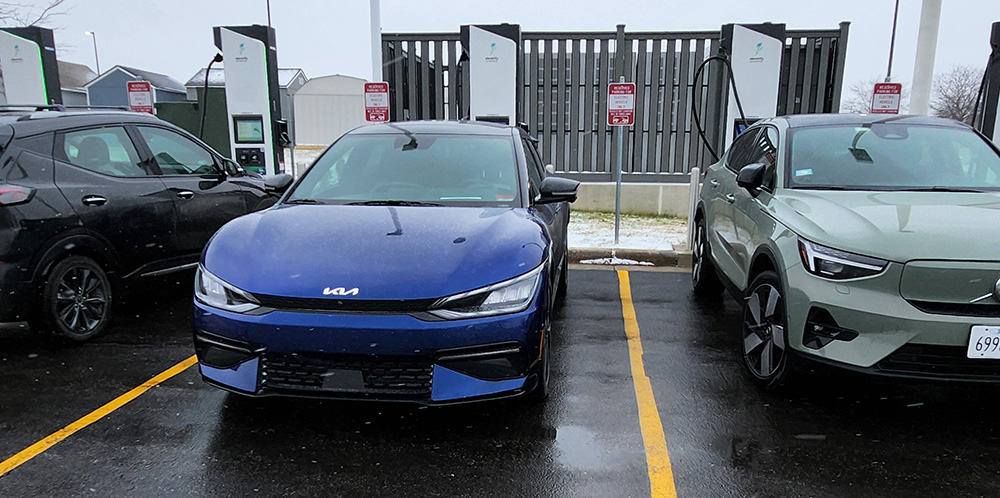
The only Electrify America Hyper Fast Level 3 charger in Memphis never delivered more than 77 kW — even when temperatures were slightly above freezing. It took 50 minutes to fill my EV6 to 80% when it should only take only about 18 minutes. Level 3 charging stations always slow down significantly once the vehicle reaches an 80% charge, so I rarely charge to full on road trips. However, I always fill the battery to 100% when I charge with my Level 2 at home.
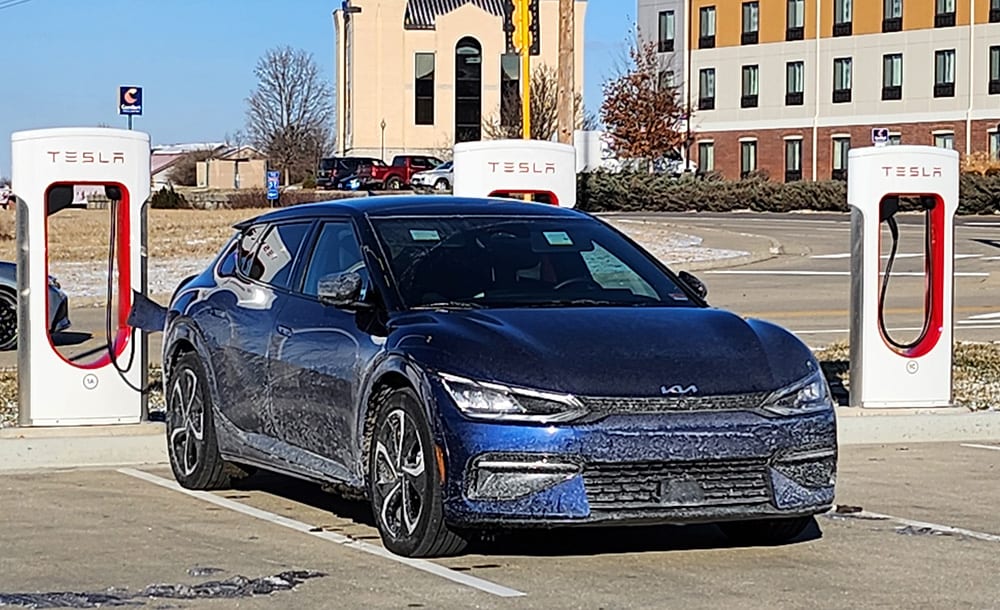
This trip also included my first use of a Tesla Magic Dock at a Tesla Supercharger station in Marion, Illinois. I spent $7.50 adding 15 kWh to my EV6, but the charging speed never topped 70 kW. I left after 20 minutes to find a faster station.
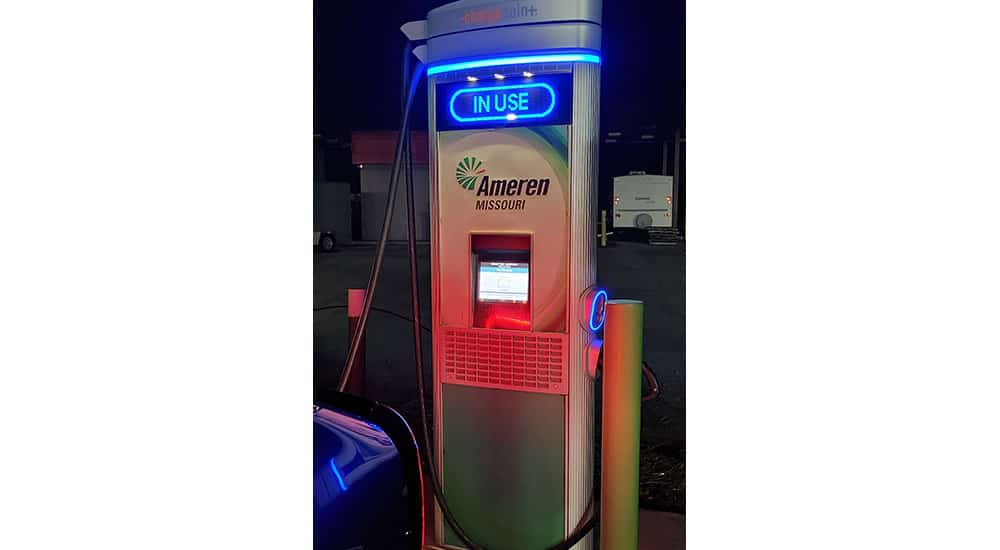
Unfortunately, on the way home, our charging stops weren’t much faster even with temperatures in the 50s. Only one Hyper Fast charging station delivered a charging speed of over 130 kW. The only Level 3 charger that charged as advertised was a ChargePoint 125 kW machine in Sikeston, Missouri — despite the temperature being just above freezing.
So ultimately, while Level 3 EV charging stations can be a gamechanger for some people who need to fill up their batteries fast, they do still come with some challenges. Here’s hoping we can see further improvements as the technology matures.
ADVERTISEMENT

FEATURE IMAGE: SOLY MOSES
FTC: We use income-earning auto affiliate links. Learn more.


